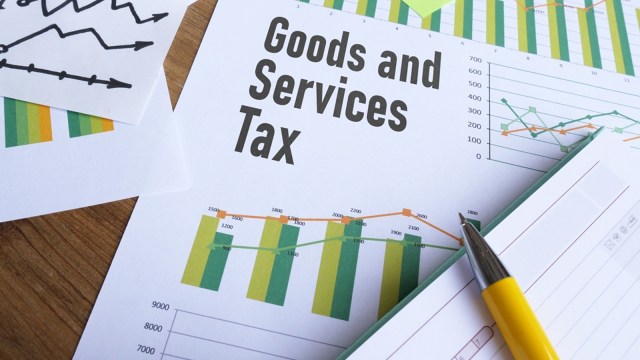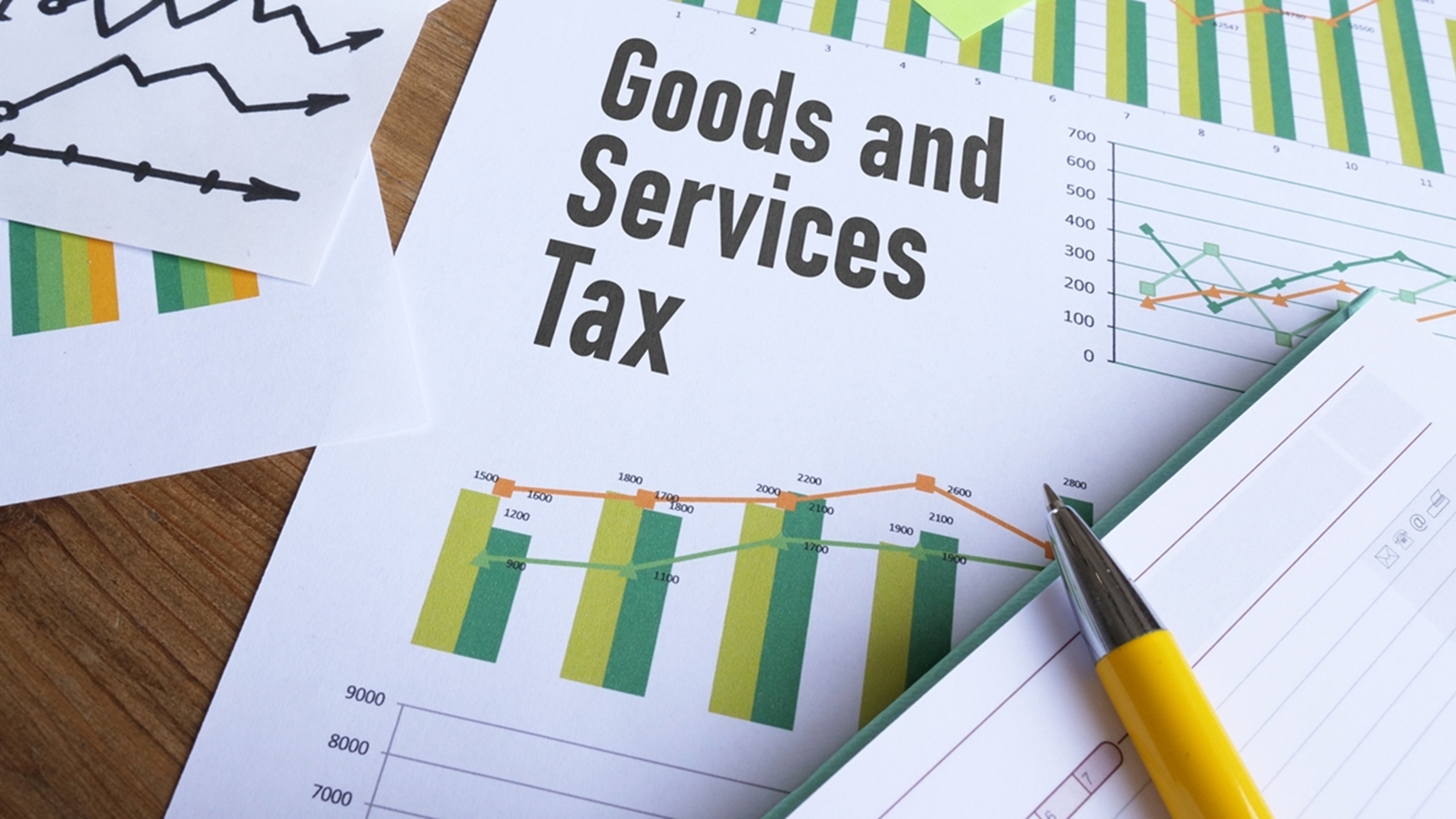
Post Covid, economic indicators have tended to be heavily influenced by the base-year effects. Often, one tends to get contrary signals. For example, the Indian economy has averaged a growth of over 8 per cent in the last three years. However, consider the absolute increase in real GDP – for the five-year period ending in 2023-24, GDP increased by around Rs 34 lakh crore compared to Rs 42 lakh crore in the preceding five-year period. In this scenario, how does one gauge the state of the economy?
One of the more appropriate indicators to gauge the state of the economy is data on GST collections. This data has so far been published on a monthly basis. This is based on actual collections and hence does not require making any assumptions or the use of algorithms, which is the case with most macroeconomic indicators where some imputation is required. This data is critical for several reasons.
First, GST collections tell us whether consumption is increasing because it is a consumption based tax. GST collections, as a proportion of private consumption expenditure, work out to 10.5 per cent in 2018-19, rising to 11.3 per cent in 2023-24. This was after a decline during the two Covid years when consumption growth slowed down. Currently, GST collections are clocking a steady growth rate, indicating that the economy is on the right path.
Second, as this data is available for states too, it also throws light on the consumption patterns across regions. This is critical especially for companies, which can make plans based on this information as they can tailor their strategies for different markets.
Third, as indirect taxes are a major source of revenue for the government, this data also gives an idea to what extent the budgetary targets are being met. This holds for both the Centre and the states. Thus, getting this information is a useful indicator not just for the government, but also the markets which use it to project government revenues, possible fiscal deficit deviations and market borrowings. The monthly flows also give important signals on the distance covered in relation to previous years.
Fourth, as a part of the increase in GST revenues has been due to the formalisation of the economy, it also serves as an indicator on how much progress is made on that front. If macro numbers pertaining to consumption as per GDP estimates are not increasing at a quick pace, but GST collections are, then it perhaps says something about the state of the formal and informal economy.
Last, as the data also includes information on the compensation cess, it gives an idea of how states are faring.
From an economist’s perspective, the GST data is probably one of the most credible high frequency indicators to gauge how the economy is performing. While the Purchasing Managers Index are also published on a monthly basis, they are based on sample surveys and often diverge from the direction seen in the actual industrial production data which comes with a lag. Bank credit, which is also based on actual borrowing and is indicative of economic activity, tends to be affected by seasonal factors. Thus, the practice of releasing the detailed, disaggregated GST data should be continued.
The writer is Chief Economist, Bank of Baroda and Author of: Corporate Quirks: The Darker side of the sun. Views are personal



